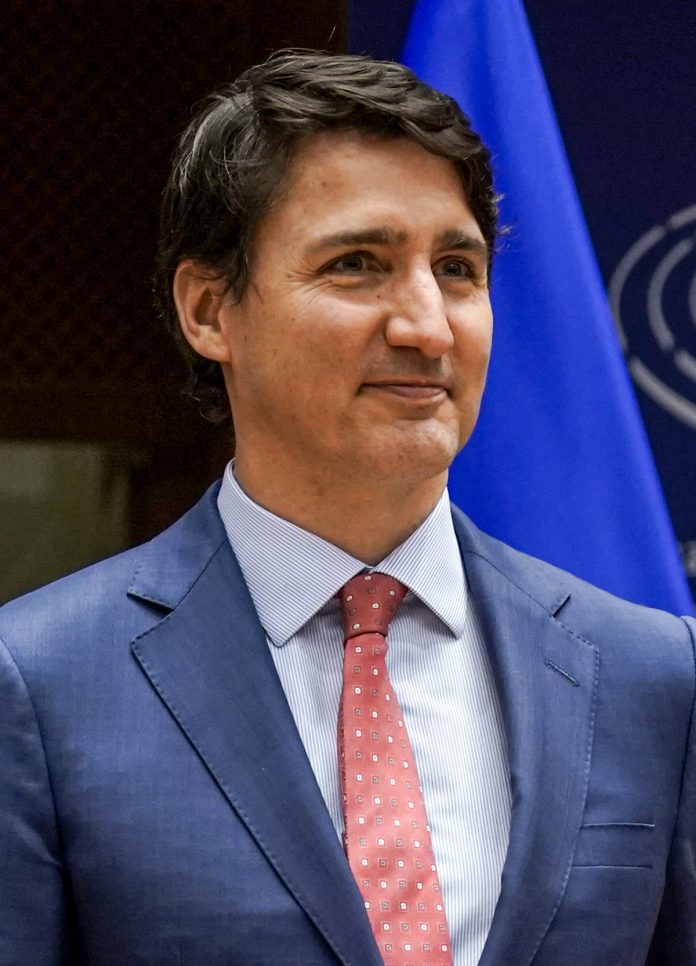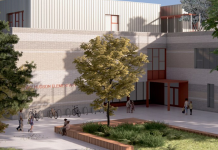By Kelly Geraldine Malone
The Canadian Press
JAMES SMITH CREE NATION, SASK.: Prime Minister Justin Trudeau told leaders of a Saskatchewan First Nation on Monday that the entire country grieved after a stabbing rampage that left 11 people dead.
Eighteen people were also injured in the stabbings in James Smith Cree Nation and in the nearby village of Weldon, Sask., northeast of Saskatoon, on Sept. 4. The suspect in the attacks, 32-year-old Myles Sanderson, died in police custody.
Trudeau met with the chief and council from James Smith Cree Nation, Peter Chapman Band and Chakastaypasin First Nation on Monday.
“Your leadership and, quite frankly, the way the community has come together has been extremely important,” he said.
Trudeau said all Canadians were mourning after the “horrific violence.”
The prime minister was draped in a blue, white and black star blanket, and given a feather from Wally Burns, the chief of the James Smith Cree Nation.
Since Sept. 4, the feather has been blessed by elders on the healing journey, the chief said. It comes from the families and community.
Trudeau said he spoke with families about building stronger, more resilient communities to reduce the chances of such violence happening again.
He said Ottawa is also offering resources and support on behalf of the government and all Canadians. He said they will be there for the community and healing takes a long time.
The stabbings amplified calls for more Indigenous-led policing. Public Safety Minister Marco Mendicino has promised to “work around the clock” to table legislation this fall that would declare Indigenous policing an essential service.
Burns has been among those calling for tribal policing and has also said the community needs funding for housing, especially for those reluctant to return to homes where family members were killed.
Saskatchewan’s chief coroner has said two public inquests will be held into the stabbings _ one that will focus on the 11 killings, and another that will focus on the death of Sanderson in police custody.
Families of the victims gathered in the band council office, where they each had an opportunity for a private meeting with Trudeau. They shared food, including bannock, on the first floor of the building. The smell from smudging, a traditional practice, wafted through the halls. The walls were covered in hearts and cards with notes of support.
Brian (Buggy) Burns and one of his sons, who was injured in the attack, met with the prime minister and said it was good.
His wife, Bonnie, and son Gregory were killed in the mass stabbing at their home. Since then, he has been staying with his surviving children, a granddaughter and grandson, in a hotel in Melfort, Sask., because they cannot return to their home.
Wally Burns said it’s an honour to have Trudeau in the community.
“Today, we share the celebration of life that was passed in such short notice. There’s lots to learn and there’s lots to grieve,” Burns said.
When one is healing, we are all healing, the chief said, adding that they want to be more influential in protecting their nation.
Earlier in the day, Trudeau, accompanied by Indigenous Services Minister Patty Hajdu, went to Saint Stephen’s Anglican Church, where seven of the victims are buried.
The wind blew fresh snow around as Trudeau trudged through nearly knee-high drifts to get around the cemetery. He laid down tobacco and made the sign of the cross at each of the graves. Trudeau also took a moment of silence after the chiefs briefly spoke at the different locations.
Gov. Gen. Mary Simon, the first Indigenous person in Canada to hold the title, visited the cemetery at the same church in late September.




